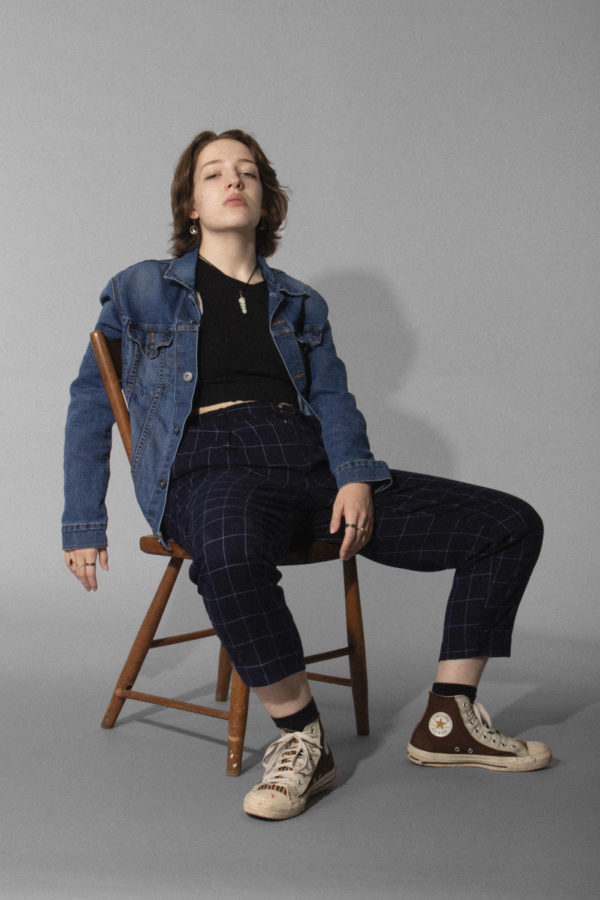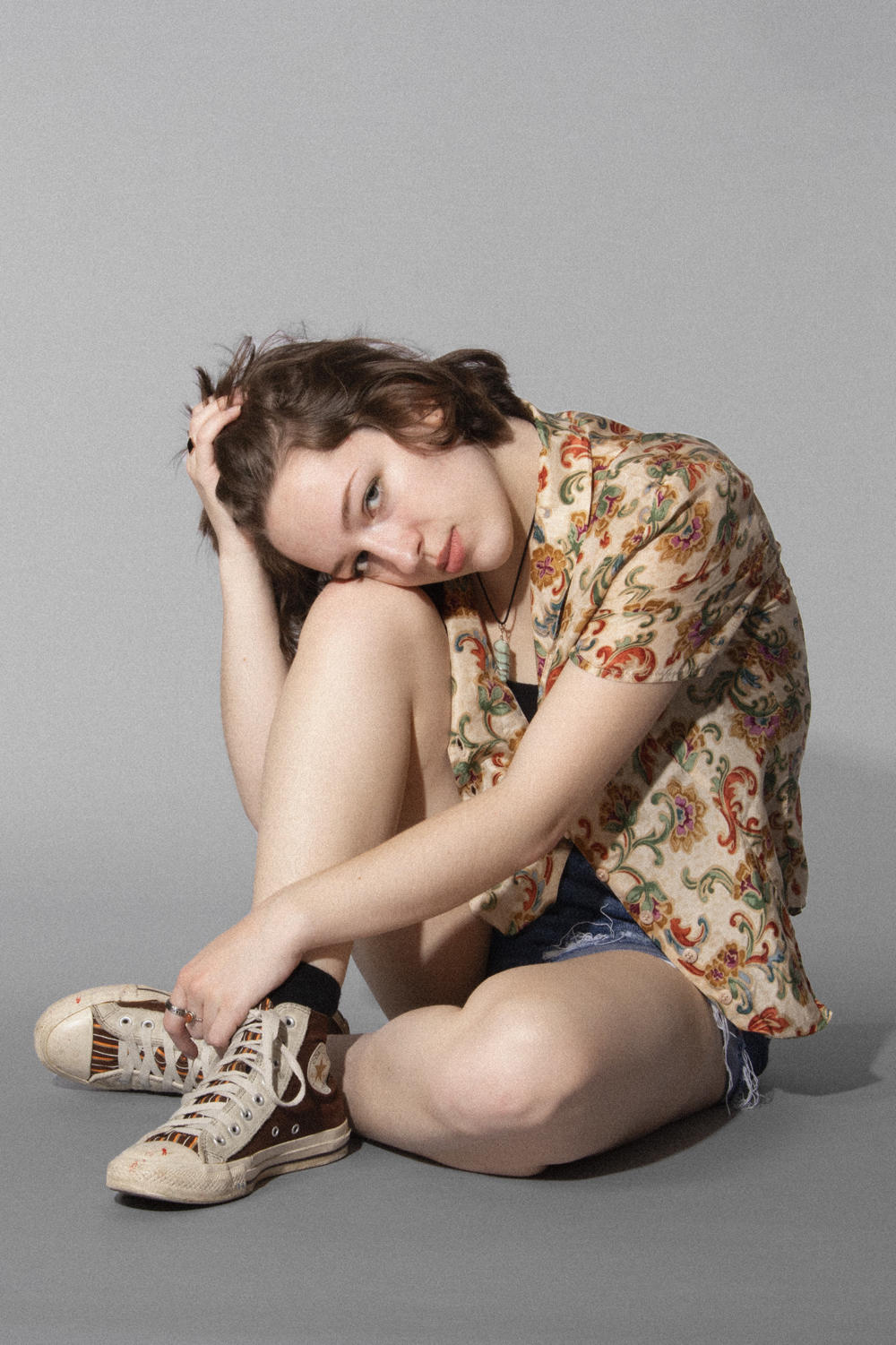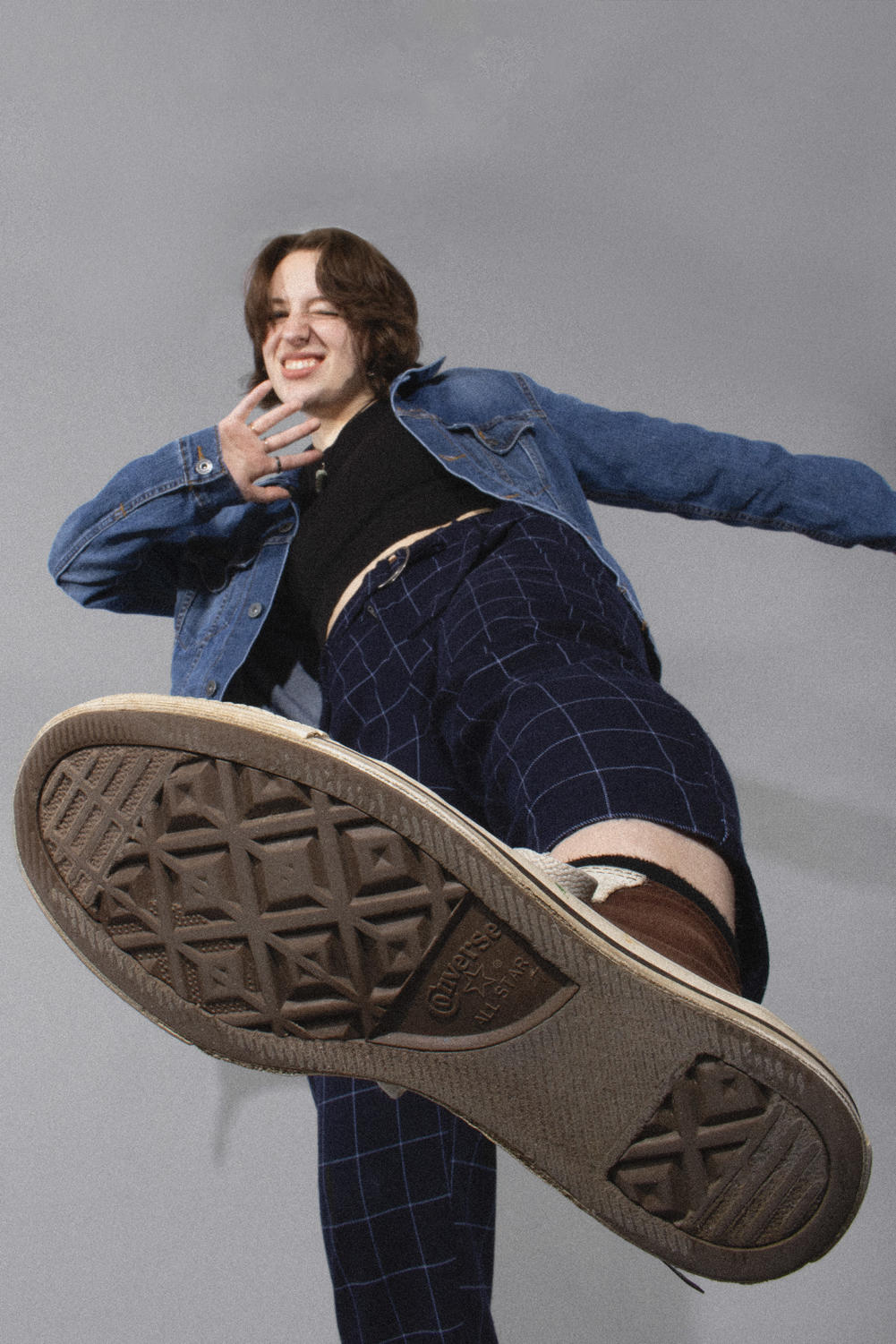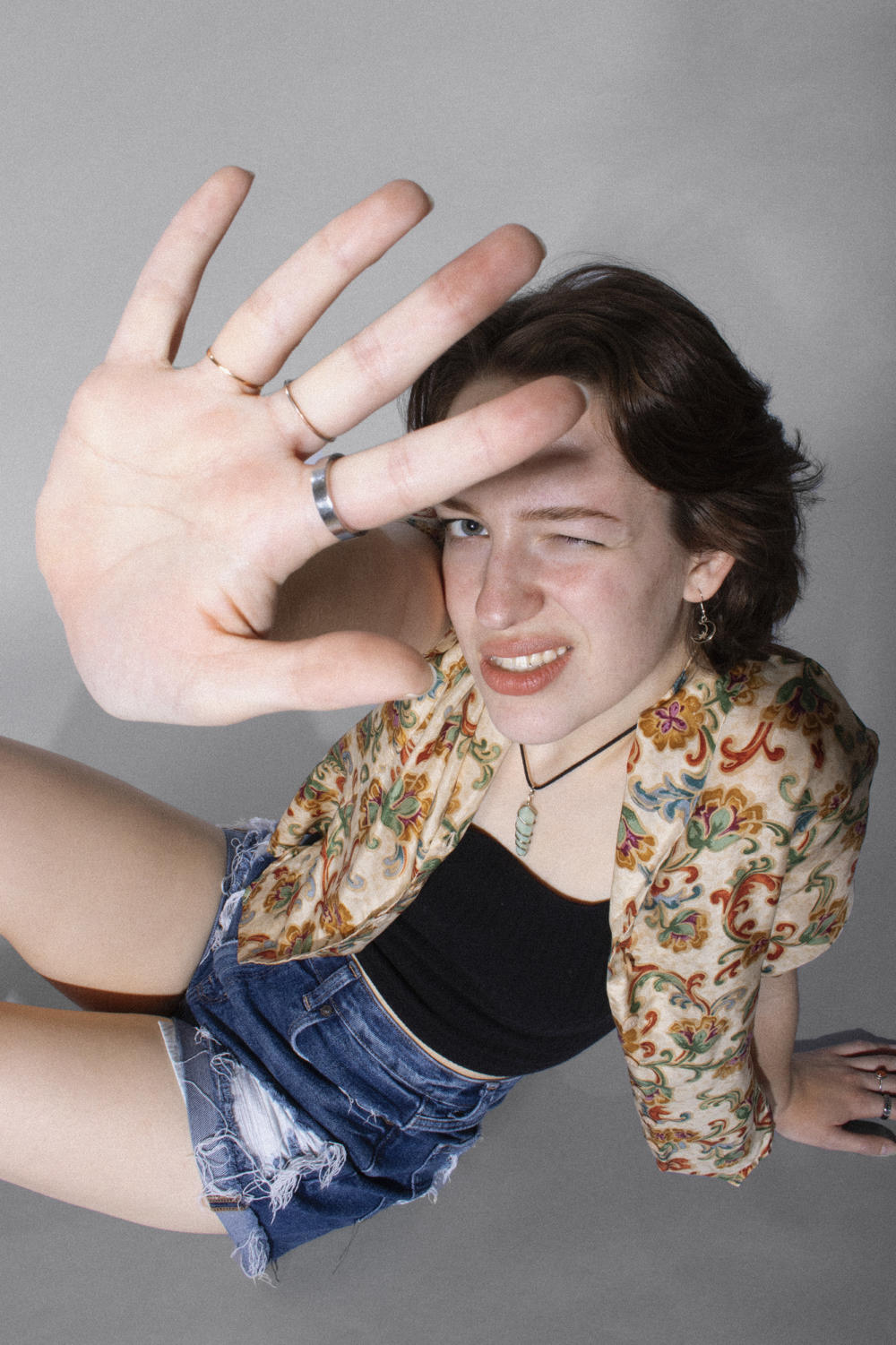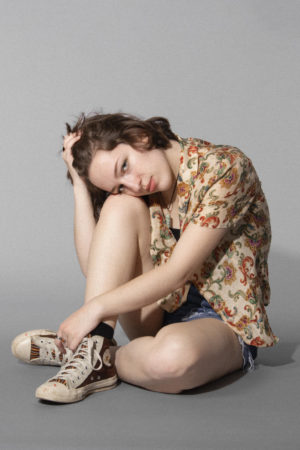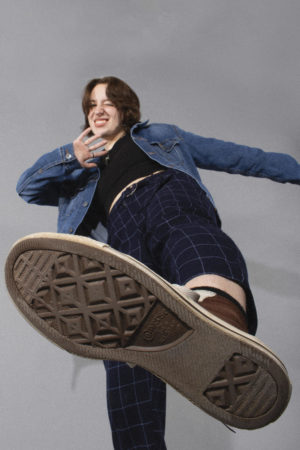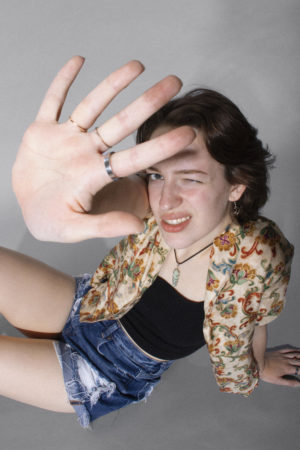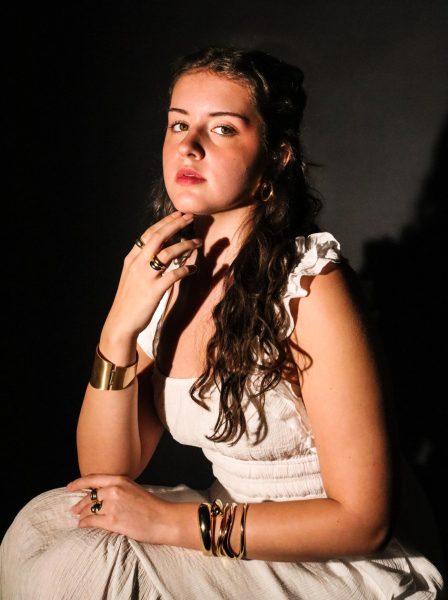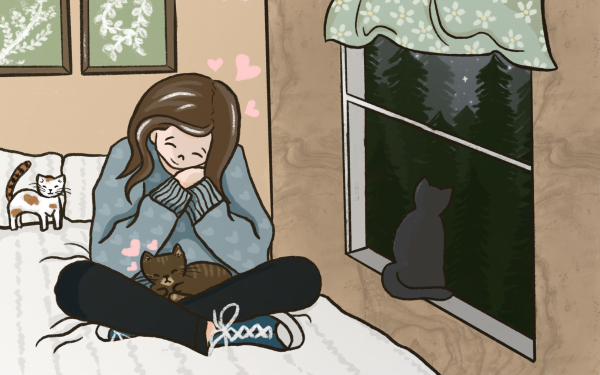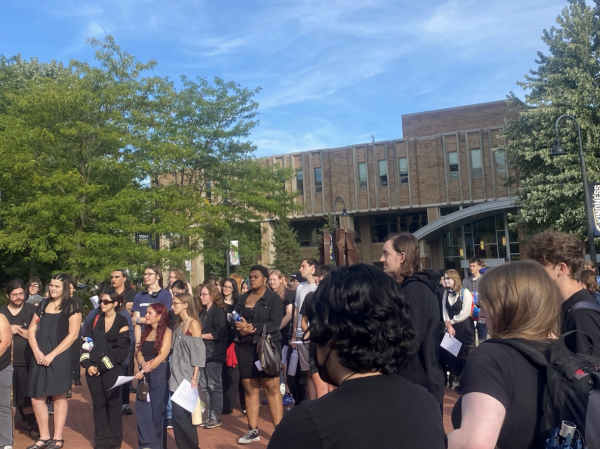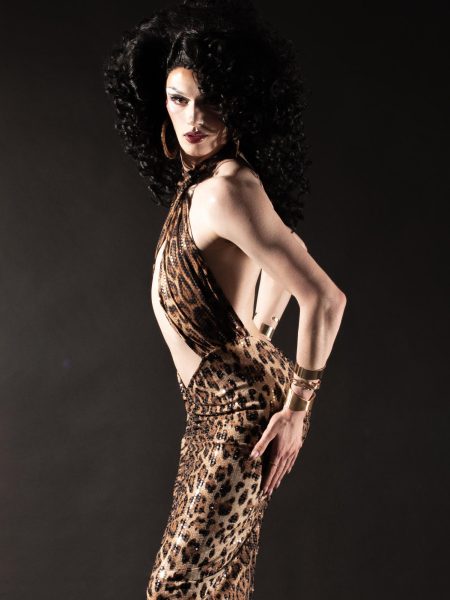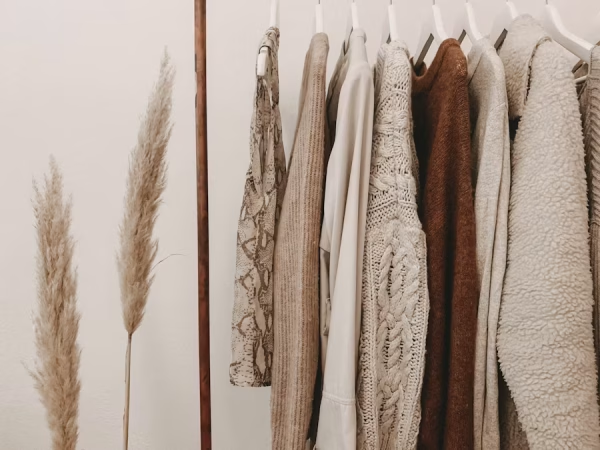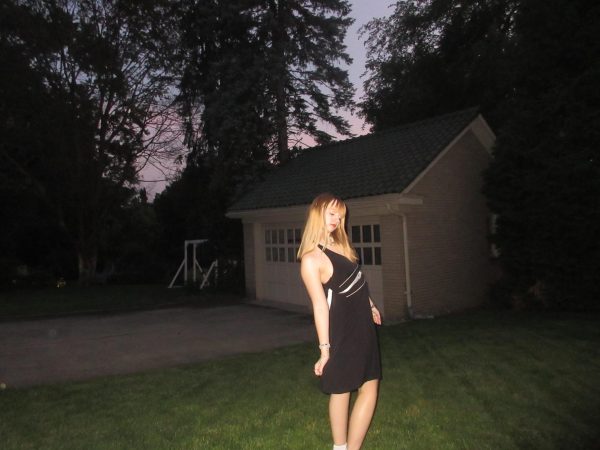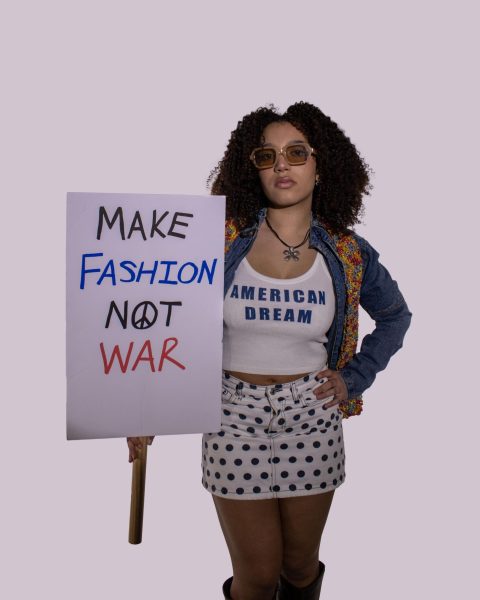defying gender norms through the years
Gender norms and fashion tend to fall hand-in-hand. From the day our biological sex was known, we have become prey to society’s idea of gender:ink is for girls and blue is for boys; girls wear skirts and boys wear pants. Of course, there isn’t anything wrong with these rules. If a girl who loves to wear dresses and skirts with a pearl necklace, she should absolutely do so. Boys who want to rock ripped jeans and a T-shirt have that right. Fashion is all about self-expression and identifying yourself through clothing. To some, that means wearing traditionally masculine or feminine clothing. However, problems arise when society takes this idea of gendered clothing too seriously and girls receive hate for breaking their preconceived “gender norms.”
Throughout the history of fashion, clothes have been used to control and abuse women. Certain ideals were set for how a woman should look, and if these demands could not be met, the women were seen as unattractive. From corsets and tiny waists to shaving and smooth skin, society’s expectations have brought down countless beautiful women.
Marlene Dietrich
Marlene Dietrich was a German-American actress and singer whose career spanned from the 1910s to the 1980s. She performed both onstage and in film, with her performance as Lola-Lola in Josef von Sternberg’s “The Blue Angel” bringing her international fame. However, it was her rule-breaking sense of style that made her a legend. The most famous aspect of Dietrich’s style was her masculine clothing. She wore three-piece suits to create a distinctly androgynous look that helped to revolutionize and redefine women’s fashion. Yet despite her love for menswear, she also had a fondness for all things luxe. She wore pencil skirts, form-fitting dresses and silky blouses for a sultry look that truly channeled Old Hollywood glamor.
Katharine Hepburn
Katharine Hepburn was an American actress of film, stage and television, with her career spanning over six decades. Known for her headstrong independence, spirited personality and outspokenness, she was the epitome of the modern woman, and dressed as such. Hepburn wore casual outfits and rarely wore makeup. She also wore pants in public which, at the time, was unheard of for women, popularizing the modern, go-getter 20th century woman aesthetic: pants, flat shoes, little makeup. Hepburn never let the social structures of Hollywood dictate what she wore, shunning society’s ideal of a Hollywood starlet and embracing her own style.
Mary Tyler Moore
Mary Tyler Moore was an American actress, producer and social advocate, best known for her roles on “The Dick Van Dyke Show” and “The Mary Tyler Moore Show.” As mentioned before, pants were not socially acceptable for women to wear. While some celebrities began wearing pants in public, they were still not worn on television. So when Moore chose to wear capris while playing Laura Petrie on “The Dick Van Dyke Show,” it created such a shock, writers limited her to one pant scene an episode. She was one of the first women to wear pants on TV and though sponsors were worried about the backlash, Moore didn’t insist on the pants as a feminist stand. Instead, she wanted to give the show a dose of realism. She pulled for a sitcom to represent women in a non-cookie-cutter way.
Grace Jones
Perhaps the most iconic and fascinating figure of the eighties, Grace Jones dynamically delivered an androgynous style that became highly popular throughout the decade. With her Grecian-like figure and androgynous look, she was first signed as a model in the 1960s. Throughout the late 1970s and ‘80s, she became the queen of disco, ruled the roost at Studio 54, led the charge for New Wave and later became a Bond girl, successful actress and author. Jones’s angular menswear and loud fabrics and prints made her an iconic, while slightly controversial figure. A true individualist, Jones has maintained her imitable style and razor-sharp wit over the course of six decades and continues to inspire artists.
Fashion has always been gendered. Since the beginning of design there has been a line between what is considered “male” and “female” clothes. It’s oppressive and restrictive, and creates unhealthy expectations about how a person is supposed to look. However, although fashion had previously been used to reinforce gender stereotypes, in more recent times people have been stepping forward, and changing the status quo. These women went against societal expectations and embraced their own style, challenging gender norms one outfit at a time.
Support Student Media
Hi, I’m Grace Avery, the Editor In Chief of A Magazine. My staff and I are committed to bringing you the most important and entertaining news from the realms of fashion, beauty and culture. We are full-time students and hard-working journalists. While we get support from the student media fee and earned revenue such as advertising, both of those continue to decline. Your generous gift of any amount will help enhance our student experience as we grow into working professionals. Please go here to donate to A Magazine.

